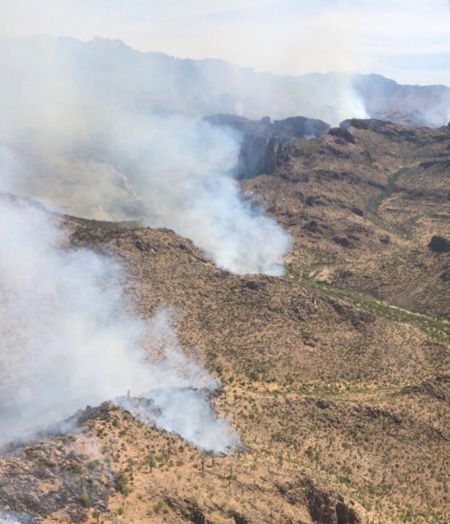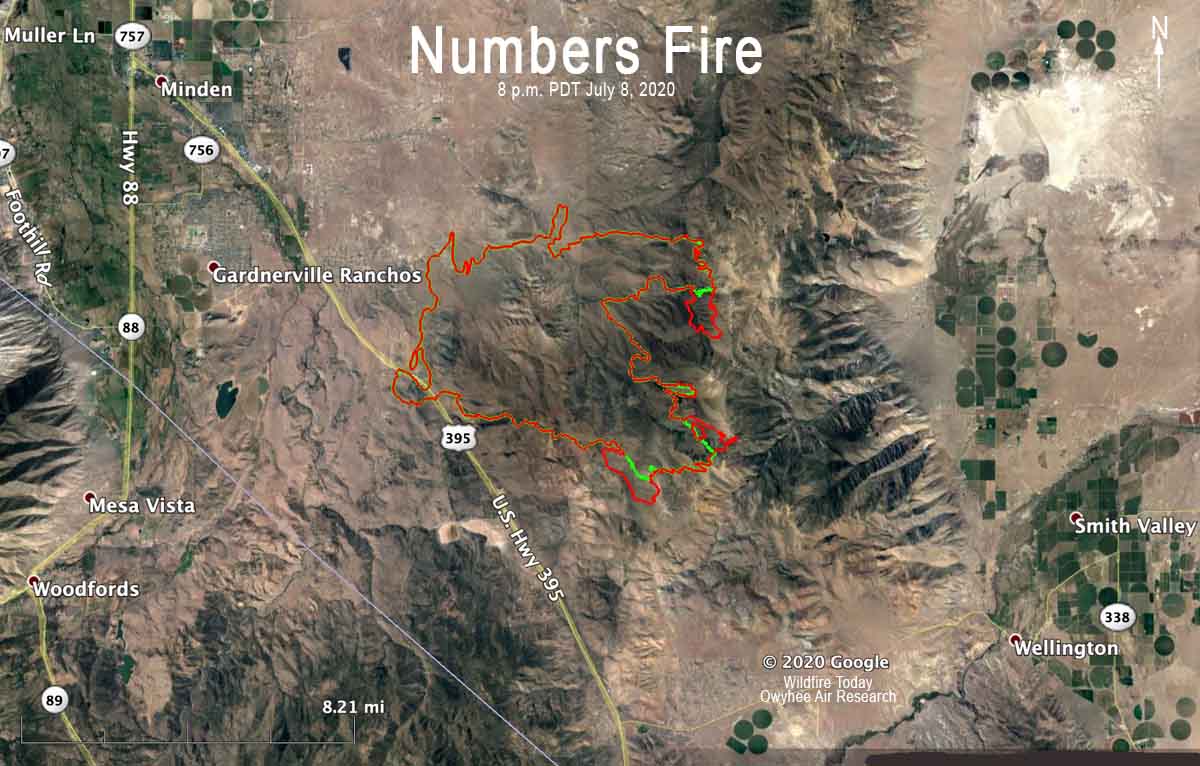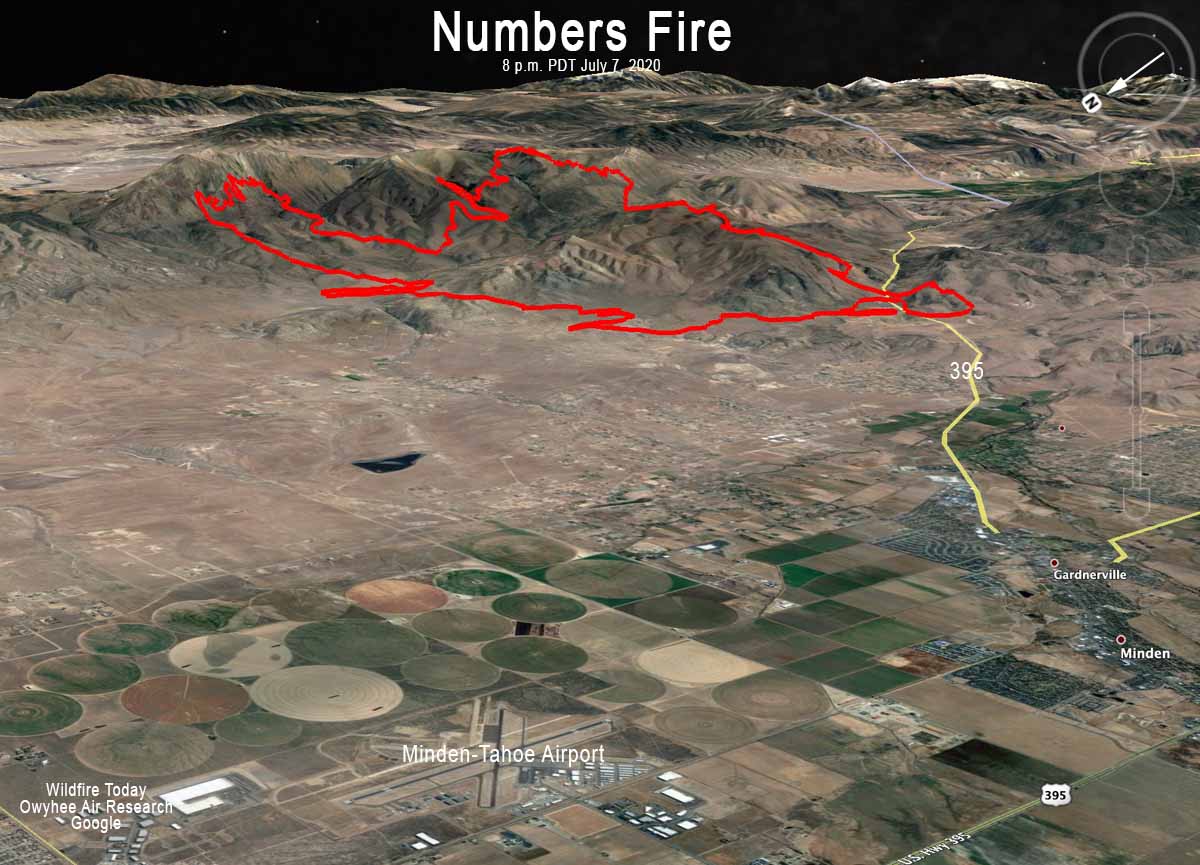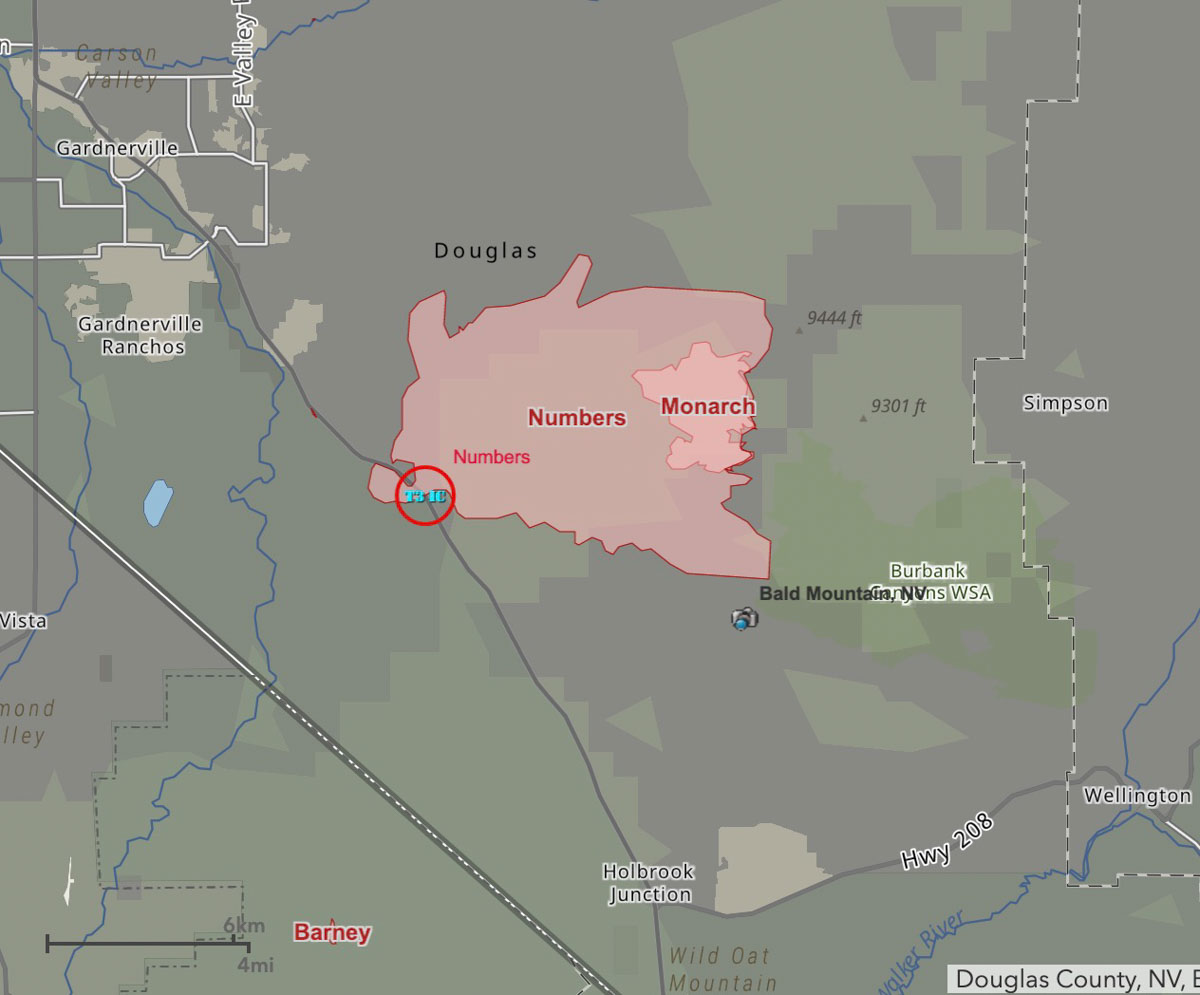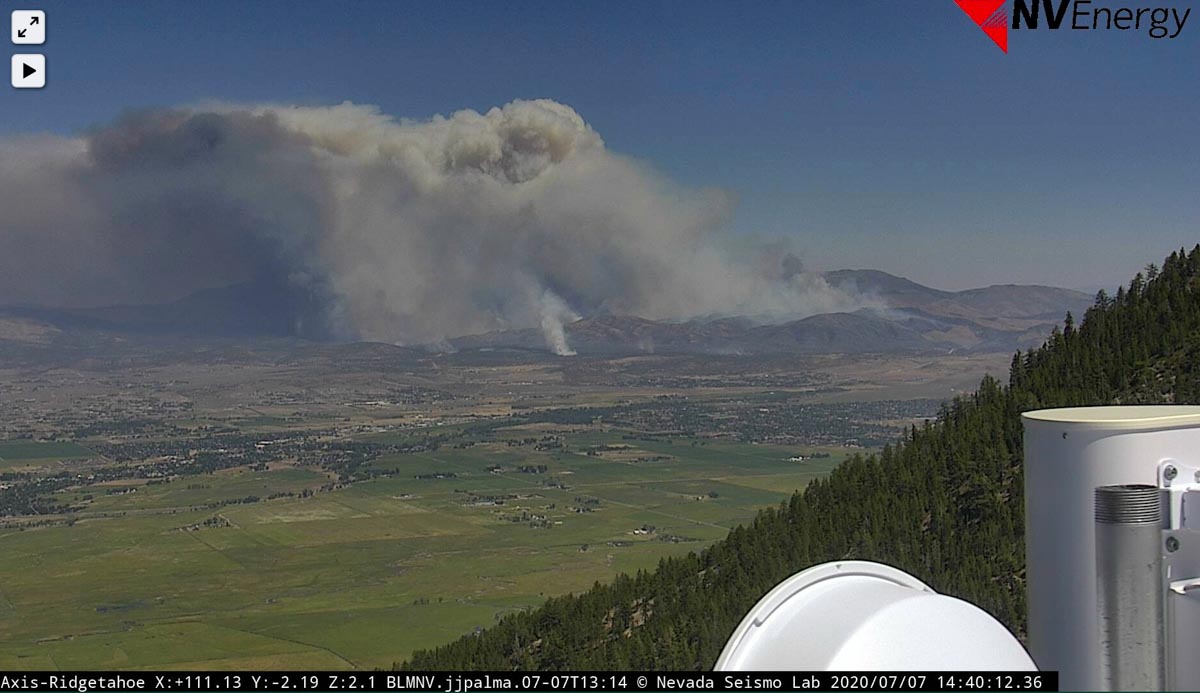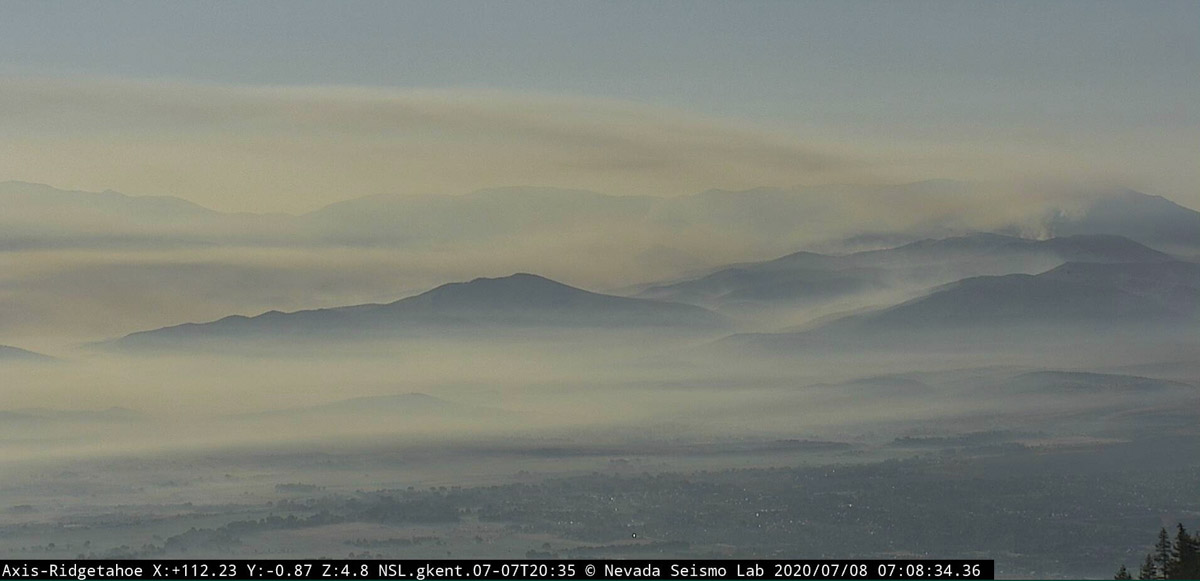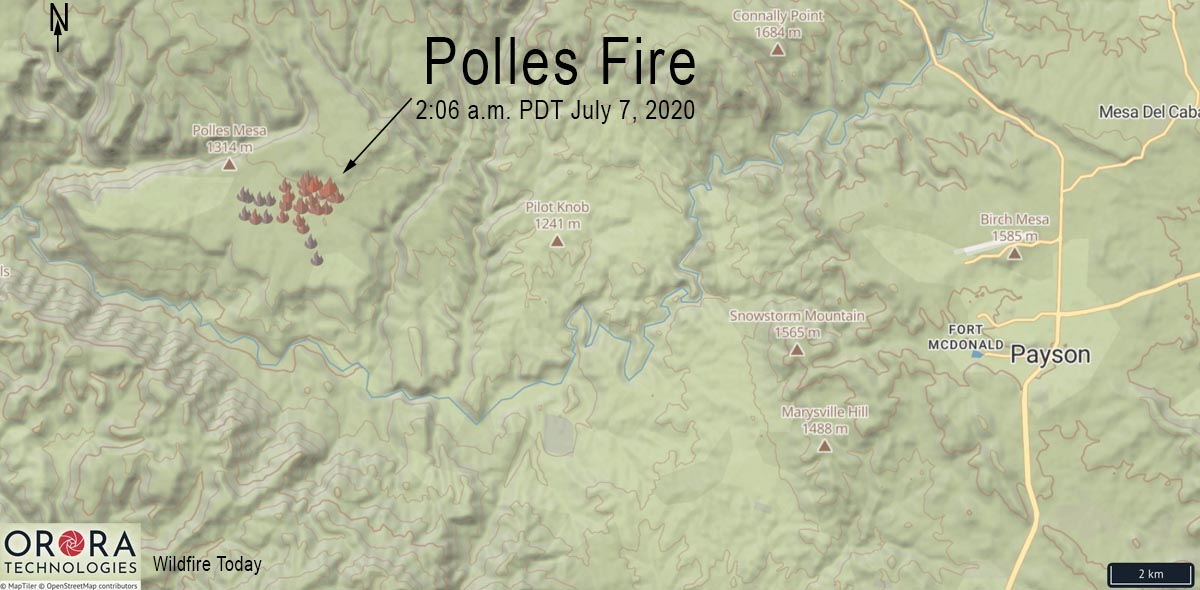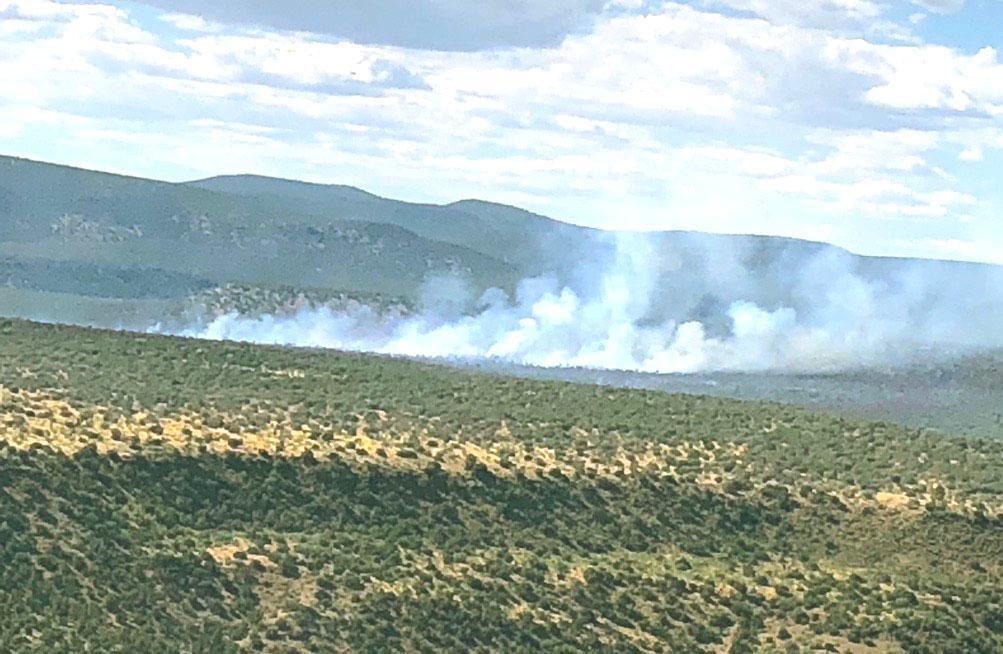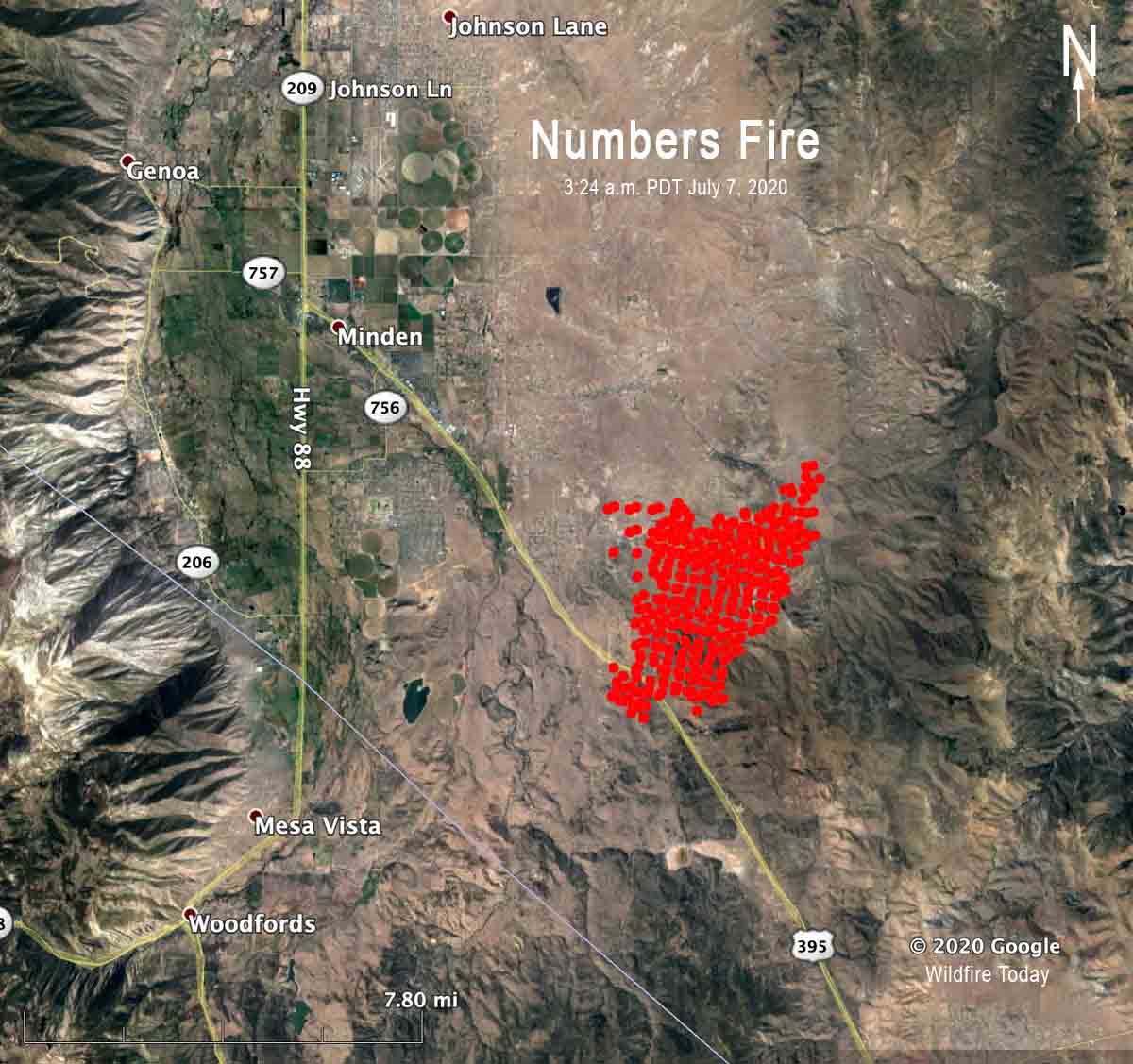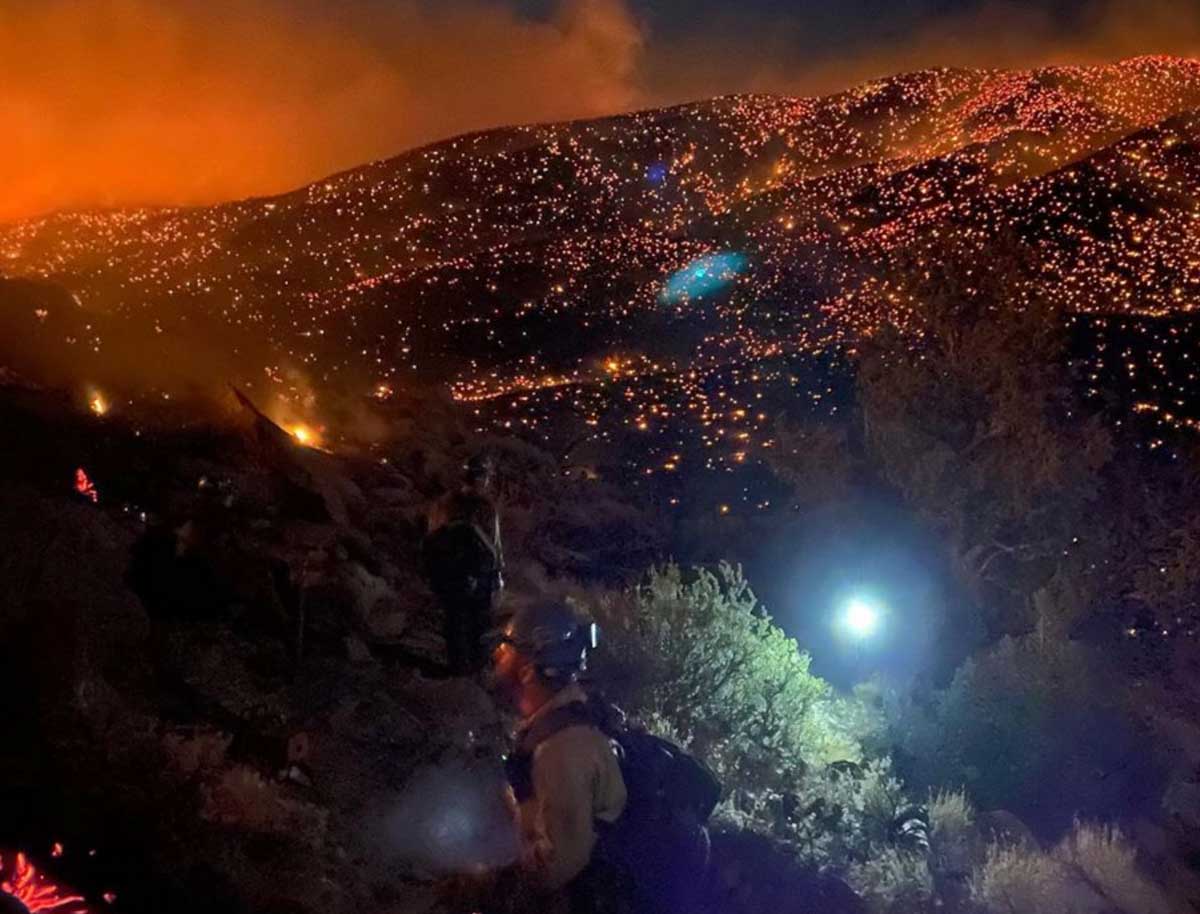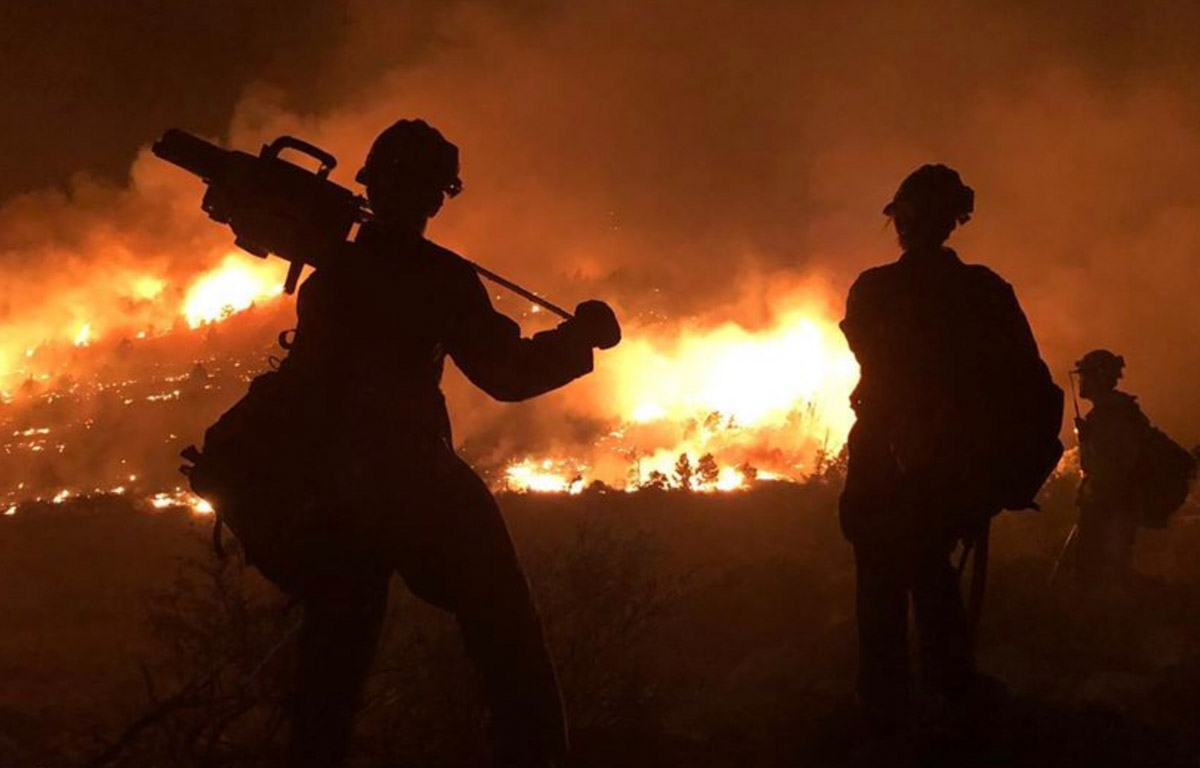(Revised at 11:15 a.m. PDT July 10, 2020)
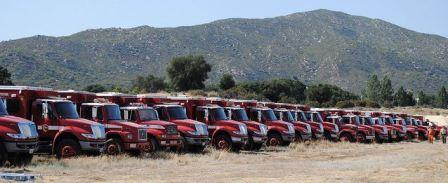
With the COVID-19 pandemic reducing the number of inmate firefighters, the California Department of Forestry and Fire Protection is scrambling to find enough personnel to handle the all important job of cutting fireline and mopping up wildfires.
COVID spreading through inmate crew camps and prisons has cut the number of inmate crews available from 192 to 94. Thursday California Governor Gavin Newsom said 12 inmate camps had to be quarantined last month due to the virus. Compounding the firefighter shortage was the early release of thousands of state inmates to create more space in the facilities during the pandemic, and before that, the state’s initiative to reduce the incarceration of those jailed for lower-level offenses.
The Governor announced the state intends to hire an additional 858 seasonal and 172 permanent firefighters. The agency has also changed the mission of six California Conservation Camp (CCC) crews to exclusively perform fire related tasks, two in the south and four in the north.
Lynnette Round, a CAL FIRE Education and Information Officer, said the $72 million needed to hire the firefighters will come from the already allocated Emergency fund.
CAL FIRE expects to begin hiring the firefighters immediately using current eligibility lists. They anticipate that a recruitment process will occur to increase the number of candidates beyond the current lists.
The increase in the number of employed state firefighters is part of the agency’s effort to keep 95 percent of all fires to 10 acres or less.
(This article was edited July 10 to show that 172 permanent firefighters are being hired, in addition to the 858 seasonals.)



